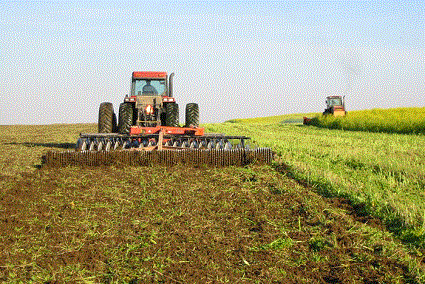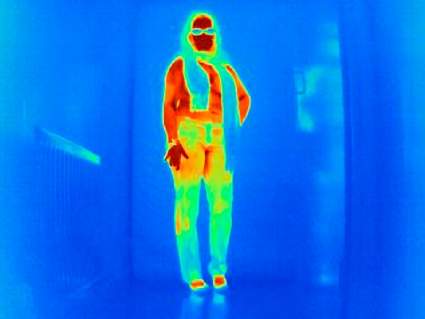A group of researchers has developed a new type of LED that emits light in two different wavelength ranges simultaneously, offering a more convenient and comprehensive method to assess the freshness of fruits and vegetables. In a study published in the journal Angewandte Chemie, the team describes how incorporating perovskite materials into the LEDs enables them to emit light in both the visible and near-infrared (NIR) ranges, revolutionizing the non-contact monitoring of food quality.
Perovskite crystals possess the ability to capture and convert light. Due to their simplicity of production and high efficiency, perovskites are already widely used in solar cells and are currently being extensively studied for their applicability in various other technologies. Angshuman Nag and his team at the Indian Institute of Science Education and Research (IISER) in Pune, India, propose a novel application of perovskites in LED technology, specifically aimed at simplifying the quality control of fresh produce.
In the absence of light converters, LEDs emit light within relatively narrow wavelength bands. To cover the entire spectrum of white light produced by the sun, “phosphor-converted” (pc) LEDs are coated with luminescent materials. Nag and his team devised a double-emission coating to develop pc-LEDs that emit both regular white light and a distinct band in the NIR range.
To achieve this dual-emission capability, they utilized a double perovskite material doped with bismuth and chromium. One component of the bismuth emits warm white light, while another component transfers energy to the chromium component, causing it to emit light in the NIR range.
The NIR range is already employed in the food industry to assess the freshness of fruits and vegetables. Nag and Sajid Saikia, a PhD student and the paper’s first author, explain their concept: “Food contains water, which absorbs the broad near-infrared emission at around 1000 nm. The higher the water content (indicating spoilage), the greater the absorption of near-infrared radiation, resulting in darker contrast in images taken under near-infrared radiation. This straightforward and non-invasive imaging technique can estimate the water content in different parts of food, thereby assessing its freshness.”
Using these modified pc-LEDs to examine apples or strawberries, the team identified dark spots that were not visible in standard camera images. By illuminating the food with both white and NIR light, they were able to distinguish between normally colored sections, visible to the naked eye, and areas that were beginning to decay but not yet visually apparent.
- Eurekalert






